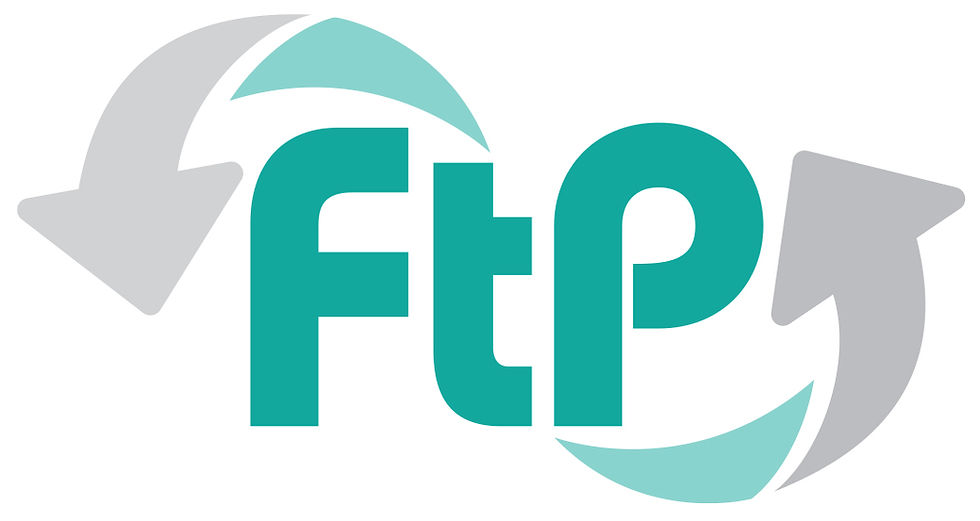How do I implement an opioid pledge, you ask?
- lrhodesrx
- Sep 25, 2020
- 2 min read

Palm Beach Atlantic University’s (PBA) School of Pharmacy recently began offering a new Advanced Pharmacy Practice Experience (APPE) focusing on CPESN and their affiliated Florida pharmacies. The purpose of this learning experience is to provide APPE students with opportunities to network with CPESN Florida pharmacies and their teams, to gain awareness about how independent pharmacies offer enhanced services beyond prescription dispensing, and to facilitate practice innovation at the pharmacy level.
My particular APPE started at the beginning of August, the same time as the start of Flip the Pharmacy (FtP) Domain 3 Progression 3: Developing New Roles for New Non-Pharmacist Support Staff while focusing on opioids. Most pharmacies had already developed a process to identify patients who take opioid medications chronically, and the focus was transitioning to creating and implementing an opioid pledge into their workflow. I visited four FtP teams during my rotation, which provided a valuable opportunity to see different implementation processes and perspectives.
Although the sites implemented FtP in their own way, two common challenges emerged amongst all the teams. The challenges and the teams’ solutions are discussed below.
Drafting the Opioid Pledge: Although an opioid pledge template was provided, each team had to generate consensus on what was important for them to ensure was included within their version of pledge. In the end, I observed that each pharmacy’s pledge was different; however, they each delivered a similar message. One team listed side effects of opioid medications on the back of their document. Another team discussed whether they should distribute a different opioid pledge for acute versus chronic prescriptions. Several teams considered adding a signature line to the document for the patient and/or pharmacist .
Discussing the Opioid Pledge with a Patient: Many pharmacies contemplated how to implement the workflow innovation into their practice. Specifically, how staff should contact opioid patients (e.g., wait until pick-up or call in advance) and how to effectively talk with patients about the pledge. As an APPE Student, I was able to help one pharmacy call their chronic opioid patients upfront (i.e., before the next fill) to notify them that a pharmacist consultation will be required at their next prescription pick-up. Another pharmacy team drafted and shared a letter with their patients that explained the pharmacy's rational behind the opioid pledge. A majority of patients were receptive to receiving the opioid pledge with many even stating they have received a similar communication from their physician in recent appointments. Some patients even took time to thank their pharmacist for implementing an opioid pledge, stating that it demonstrated how much their pharmacist cared about them.
Overall What I’ve Learned: Each team had a unique approach for how pharmacy staff members delivered the intervention or completed the eCare plan documentation. The FtP teams were able to maximize their efforts and identify workflow efficiencies because they individualized their approach to leverage the strengths of each pharmacy staff member. From a student perspective, this is what I valued the most from my site visits. It helped me have firsthand experience to see that even with different workflows occurring, the same end goal is accomplished.
Jessica Bailey
PharmD Candidate Class of 2021
Lloyd L. Gregory School of Pharmacy
Palm Beach Atlantic University






جلب الحبيب
الحصول على باك لينك قوى لموقعك من خلال تبادل اعلانى نصى
معنا عبر004917637777797 الواتس اب
شيخ روحاني
جلب الحبيب
Berlinintim
Berlin Intim
شيخ روحاني في برلين 00491634511222
شيخ روحاني
رقم شيخ روحاني
رقم شيخ روحاني
شيخ روحاني في برلين
رقم شيخ روحاني 00491634511222
الشيخ الروحاني
شيخ روحاني سعودي
شيخ روحاني في برلين 00491634511222
Berlinintim
bestbacklinks
backlinkservices
buybacklink
Berlinintim
Escort Berlin
شيخ روحاني
معالج روحاني
الشيخ الروحاني
الشيخ الروحاني
جلب الحبيب العنيد
جلب الحبيب بسرعة
شيخ روحاني الاردن
شيخ روحاني عماني
شيخ روحاني سعودي
شيخ روحاني مضمون
شيخ روحاني مضمون
معالج روحاني سعودي
شيخ روحاني مغربي
شيخ روحاني في قطر
شيخ روحاني لجلب الحبيب
شيخ روحاتي في السعودية
شيخ روحاني في البحرين
شيخ روحاني في الكويت
شيخ روحاني في…
Yellowstone Merchandise from Real Jacket Maker offers high-quality, rugged outerwear inspired by the hit series. Stay stylish and warm with their premium craftsmanship.